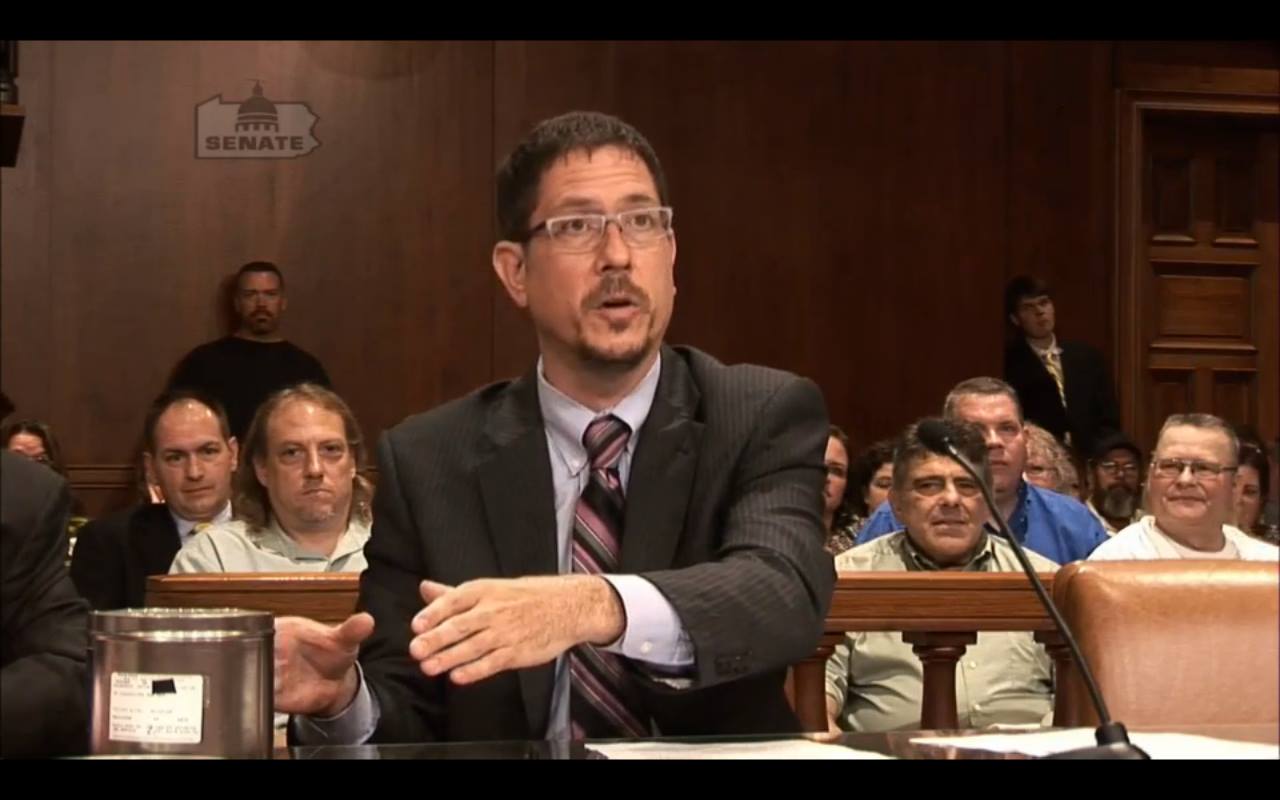Why Hire a Federal Crime Attorney: Shield Your Legal Rights with Expert Legal Aid
Why Hire a Federal Crime Attorney: Shield Your Legal Rights with Expert Legal Aid
Blog Article
Demystifying the Process of Federal Appeals: What You Need to Know
Navigating the complex world of government appeals can frequently appear like going across undiscovered waters for those strange with the procedure. Understanding the nuances of appellate court jurisdiction, the complexities of filing a notice of charm, providing a compelling quick, and making a persuasive oral argument are vital components that can considerably affect the result of a case. By deciphering the layers of complexity surrounding federal appeals, individuals can get a more clear understanding into the mechanisms that control this essential phase of the legal system.
Understanding Federal Appeals Process
Exploring the intricate realm of the government allures process reveals a organized and methodical trip via the judicial system. Federal appeals work as a vital system for examining choices made by reduced courts. Comprehending this procedure is important for anybody included in legal procedures at the federal level.
The process normally starts with an event dissatisfied with a reduced court's ruling filing a notification of charm. This triggers a review by a higher court, where a panel of courts analyzes the legal debates presented by both parties. Briefs describing the legal thinking behind each party's setting are sent, and dental disagreements might be heard to make clear complex concerns.
The appellate court's choice is based upon a complete evaluation of the reduced court's procedures and the arguments provided. The judges do not reconsider truths but concentrate on whether legal errors happened that impacted the reduced court's choice. As soon as the appellate court gets to a choice, it can attest, turn around, remand, or customize the lower court's judgment, supplying clearness and finality to the lawful disagreement. Understanding this procedure is important for browsing the complexities of government charms successfully.
Appellate Court Territory Discussed
As we advance from comprehending the government allures process to dissecting the ins and outs of appellate court territory, a basic element emerges pertaining to the authority and restrictions of these greater courts in the legal landscape. Appellate court jurisdiction describes the extent of situations that a specific appellate court has the power to review and decide upon. Unlike trial courts that listen to cases for the very first time, appellate courts are restricted to reviewing decisions made by lower courts. These choices can consist of judgments from both state and federal courts.
Appellate courts have jurisdiction over particular sorts of cases, usually those including legal mistakes, step-by-step concerns, or inquiries of regulation instead than factual disputes. The jurisdiction of appellate courts is usually described in laws and regulations that control the court system. Understanding appellate court jurisdiction is crucial for celebrations included in the appeals procedure as it determines whether an instance is qualified for testimonial and the degree to which the appellate court can interfere in the reduced court's choice.
Declaring a Notice of Appeal
The initial action in starting the federal appeals procedure involves filing a Notification of Charm with the suitable appellate court. This critical document formally notifies the court and the other events involved in the instance that the appealing party means to seek an evaluation of the lower court's decision. Filing a Notice of Charm is directory a stringent procedural demand that sets the appellate process in movement.
When preparing the Notification of Charm, it is necessary to make certain conformity with the details rules and standards of the pertinent appellate court. federal appeal attorneys. The file should generally include information such as the case name, the reduced court's name, the day of the judgment being appealed, and a succinct statement suggesting the grounds for the allure

Instruction and Dental Disagreement
In the appellate process, offering composed briefs and participating in oral debates play pivotal roles in promoting for the appealing party's position prior to the appellate court. Briefs are extensive lawful records that describe the celebrations' arguments, lawful authorities, and analysis sustaining their placements. These composed entries provide the court with a detailed understanding of the facts of the case, the relevant law, and why the appealing party believes the reduced court's choice should be overturned.
Following the submission and evaluation of the briefs, dental disagreements supply the celebrations a chance to more clarify their positions, attend to any kind of concerns the appellate judges may have, and emphasize bottom lines from their created briefs. Oral arguments are a chance for the attorneys to convince the judges with verbal campaigning for and actions to inquiries from the bench.
Both the written briefs and dental arguments are vital elements of the appellate process, enabling events to present their instance thoroughly and compellingly prior to the appellate court. - federal appeal attorneys
Getting the Appellate Court Decision
The appellate court's decision is commonly delivered in a composed layout and lays out the court's conclusions on the lawful problems offered, the thinking behind their choice, and the judgment provided. The time structure for getting the appellate court's decision can vary, however courts strive to give timely resolutions. Whether the appellate court affirms, reverses, or remands the reduced court's decision, recognizing the ramifications of the ruling is vital for all parties involved in the appellate process.
Verdict
Finally, the government allures process is a complicated however vital action in looking for justice. Recognizing the appellate court territory, submitting a notice of appeal, preparing briefs, and presenting dental debates are all essential components of this process. Eventually, receiving the appellate court decision can give clearness and resolution to lawful disagreements. It is very important to browse the government appeals process with diligence and interest to information to accomplish a fair result.
As we advance from recognizing the federal allures procedure to studying the intricacies of appellate court territory, a basic element comes to light concerning the authority and limitations of these greater courts in the legal landscape. Appellate court territory refers to the extent of instances that a specific appellate court has the power to examine and decide upon. Unlike test courts that hear cases for the very first time, appellate courts are restricted to assessing choices made by lower courts. Understanding appellate court jurisdiction is essential for celebrations entailed in the charms process as it identifies whether a case is qualified for evaluation and the degree to which the appellate court can interfere in the lower court's choice.

Report this page